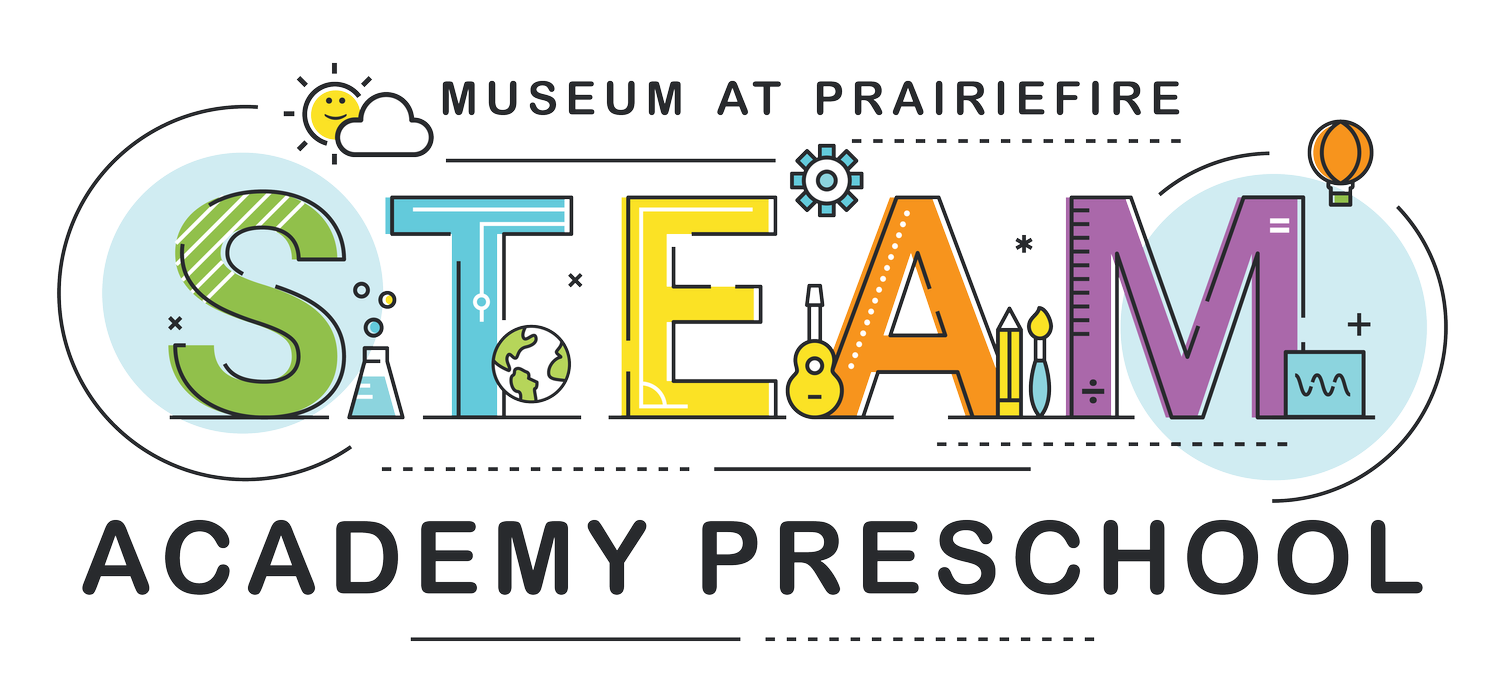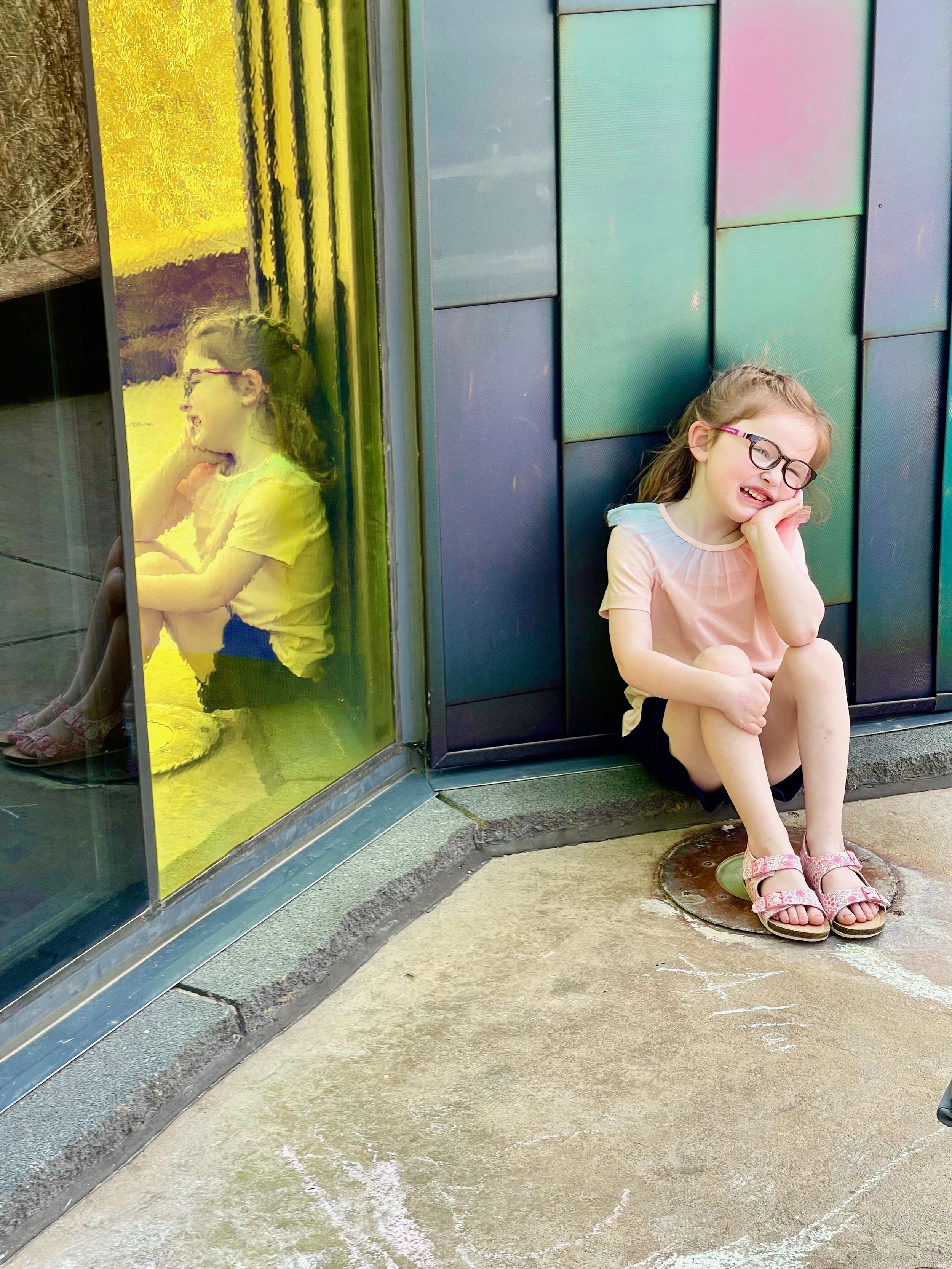
Differentiation
Differentiation
Differentiation is an essential aspect of creating inclusive and engaging learning environments in preschool classrooms. By recognizing and addressing the diverse needs, abilities, and interests of young learners, teachers can provide personalized instruction and support to each child. Here are some strategies and benefits of differentiation in our classrooms.
How We Differentiate
1. Assessing Individual Needs
To effectively differentiate instruction, teachers start by assessing the individual needs of each child. This could involve observing their strengths and areas for improvement, engaging in one-on-one conversations, and even involving parents in the process. By understanding where each child stands, teachers can tailor their teaching methods accordingly.
2. Varied Learning Activities
Differentiation involves offering a range of learning activities to cater to different learning styles, preferences, and abilities. This could include hands-on activities, visual aids, technology-based tasks, group work, or individual projects. By providing diverse options, teachers can ensure that every child is engaged and challenged at an appropriate level.
3. Flexible Grouping
Flexible grouping is a valuable strategy to differentiate instruction based on children's needs. Teachers can create small groups of students with similar abilities or mix groups to foster collaboration and peer learning. This allows children to work together with peers who are on the same level or who can provide additional support, promoting a sense of belonging and encouraging mutual support.
4. Individualized Learning Plans
For children’s specific learning goals, individualized learning plans (ILPs) are beneficial. ILPs outline specific accommodations, modifications, and target objectives for each child. They help guide teachers' instruction while addressing individual needs and tracking progress. This is a list of tips and tricks your student can bring to Kindergarten so they can hit the ground running.

“…just because there is a predictable pattern to growth and a predictable season for blooming, doesn’t mean that every flower on the plant will bloom on the same day. Each flower opens at its own rate within the growing season. For a flower, the season for blooming may be a matter of weeks or months. In child development, some seasons may even last a few years.”
– Amanda Morgan; Not Just Cute
Contact Us
Contact Us
We invite you to reach out to us for more information, or to schedule a tour of our facilities so we can get to know each other before your little explorer begins their adventure!

